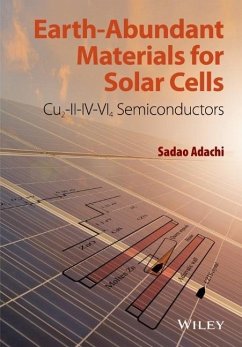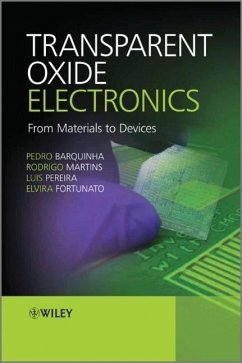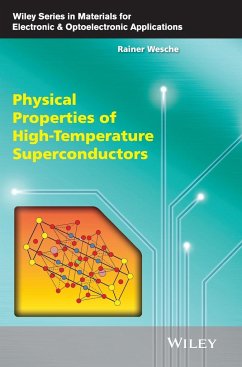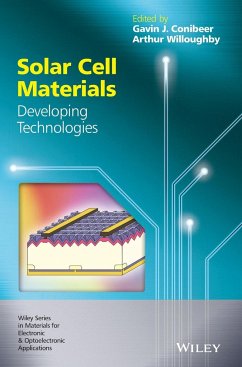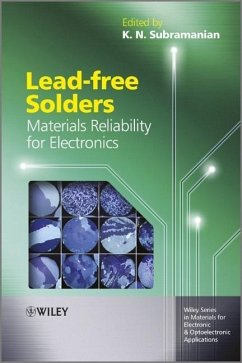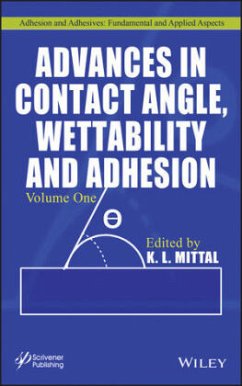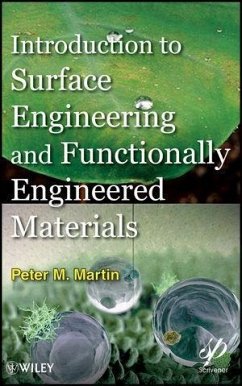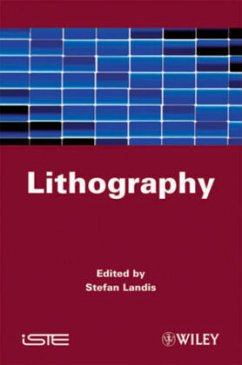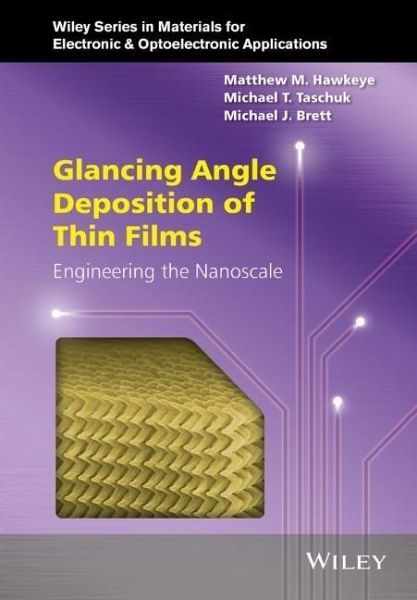
Glancing Angle Deposition of Thin Films
Engineering the Nanoscale
Versandkostenfrei!
Versandfertig in über 4 Wochen
135,99 €
inkl. MwSt.
Weitere Ausgaben:

PAYBACK Punkte
68 °P sammeln!
This book provides a highlypractical treatment of Glancing Angle Deposition (GLAD), a thinfilm fabrication technology optimized to produce precisenanostructures from a wide range of materials. GLAD providesan elegant method for fabricating arrays of nanoscale helices,chevrons, columns, and other porous thin film architectures usingphysical vapour deposition processes such as sputtering orevaporation. The book gathers existing procedures,methodologies, and experimental designs into a single, cohesivevolume which will be useful both as a ready reference for those inthe field and as a definitive ...
This book provides a highlypractical treatment of Glancing Angle Deposition (GLAD), a thinfilm fabrication technology optimized to produce precisenanostructures from a wide range of materials. GLAD providesan elegant method for fabricating arrays of nanoscale helices,chevrons, columns, and other porous thin film architectures usingphysical vapour deposition processes such as sputtering orevaporation. The book gathers existing procedures,methodologies, and experimental designs into a single, cohesivevolume which will be useful both as a ready reference for those inthe field and as a definitive guide for those entering it. Itcovers:
Development and description of GLAD techniques fornanostructuring thin films
Properties and characterization of nanohelices, nanoposts, andother porous films
Design and engineering of optical GLAD films includingfabrication and testing, and chiral films
Post-deposition processing and integration to optimize filmbehaviour and structure
Deposition systems and requirements for GLAD fabrication
A patent survey, extensiverelevant literature, and a survey of GLAD's wide range ofmaterial properties and diverse applications.
Development and description of GLAD techniques fornanostructuring thin films
Properties and characterization of nanohelices, nanoposts, andother porous films
Design and engineering of optical GLAD films includingfabrication and testing, and chiral films
Post-deposition processing and integration to optimize filmbehaviour and structure
Deposition systems and requirements for GLAD fabrication
A patent survey, extensiverelevant literature, and a survey of GLAD's wide range ofmaterial properties and diverse applications.






